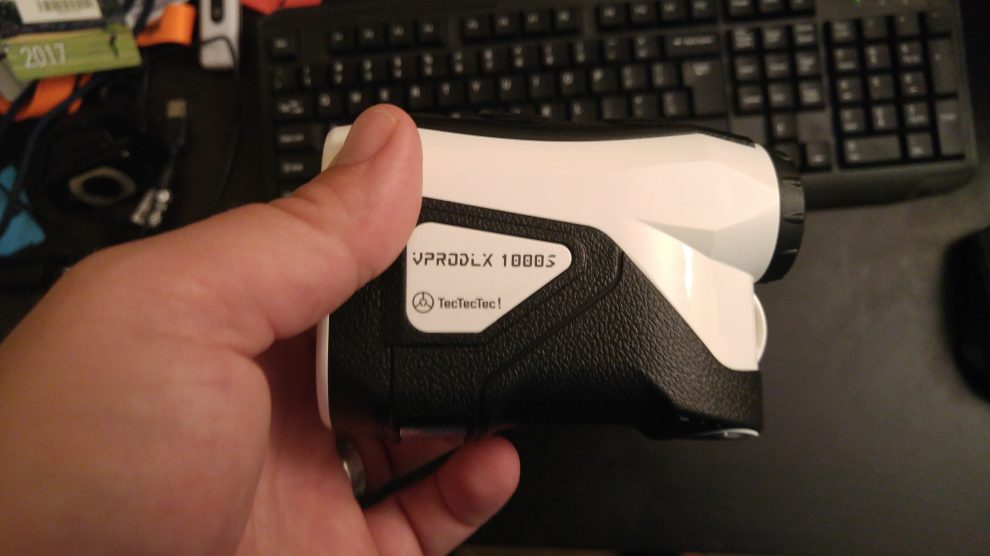Laser rangefinders have been a part of golf for the better part of 15 years now, and, truthfully, they're just starting to become more ubiquitous. Few people I know and play with -- even at a country club, where money isn't supposed to be as much of an object -- have them. Some have GPS watches because they're not good enough to care about tenths of a yard. Some are just old school and prefer to step it off from a sprinkler head. Some just guess, which is bonkers.
However, I have noticed of late -- hence, the opening sentence -- that more people are approaching me with questions about the rangefinders I test and use. They want to see how to use it, learn about the features, get an idea of cost and all that need-to-know stuff. They're interested in having the ability to shoot yardages, particularly with slope calculated, when I'm not around to do it for them.
These golf pals of mine, and you, are in luck. Golf laser rangefinders have never been cheaper, and they've also simultaneously never been more feature-filled. Some, on the high end, actually account for the human hand's natural shakiness to give a better, faster reading. Some on the low end just tell you the number and do it quickly. Then there's a model like the TecTecTec VProDLX 1000 S, which is in the middle range price-wise and still offers a full set of features. I tried it out for a handful of rounds recently and came away happy with, particularly for the absurd $250 price tag.
TecTecTec is a French brand, trying to make their way in the U.S. With the golf crackdown of sorts there, it makes sense. Their technology is competitive. The unit is lightweight, although the case could be a little more secure with a reinforcing-close strap that's not quite big enough. The battery is the standard one for every laser rangefinder ever, and the unit is easy to use. Point and shoot. You can scan, you can change modes, all with the press of the Mode button. The laser is accurate up to 1,000 yards, which is standard fare. The standout feature, to me, is the slope-reading capability. Not that it can do it; there are plenty competing rangefinders that can. However, it gives you the full data set of its calculation, telling you the actual distance, the plays-like distance and the slope grade of its reading. That's really handy. It may be information overload to some, but it doesn't cause an issue in my mind.
The only thing I didn't love was the graphical readout projected on the scope. I wish it were somewhat darker, or that it even came in red, which is a big hit in the Bushnell line of products. However, it's not hard to read, just a pet peeve.
There's a non-slope model here for $200, too, which is a strong value. However, there some other $200 rangefinders in the market that can compare. But $250 for the slope function is strong, and that would be my play if I were buying.

